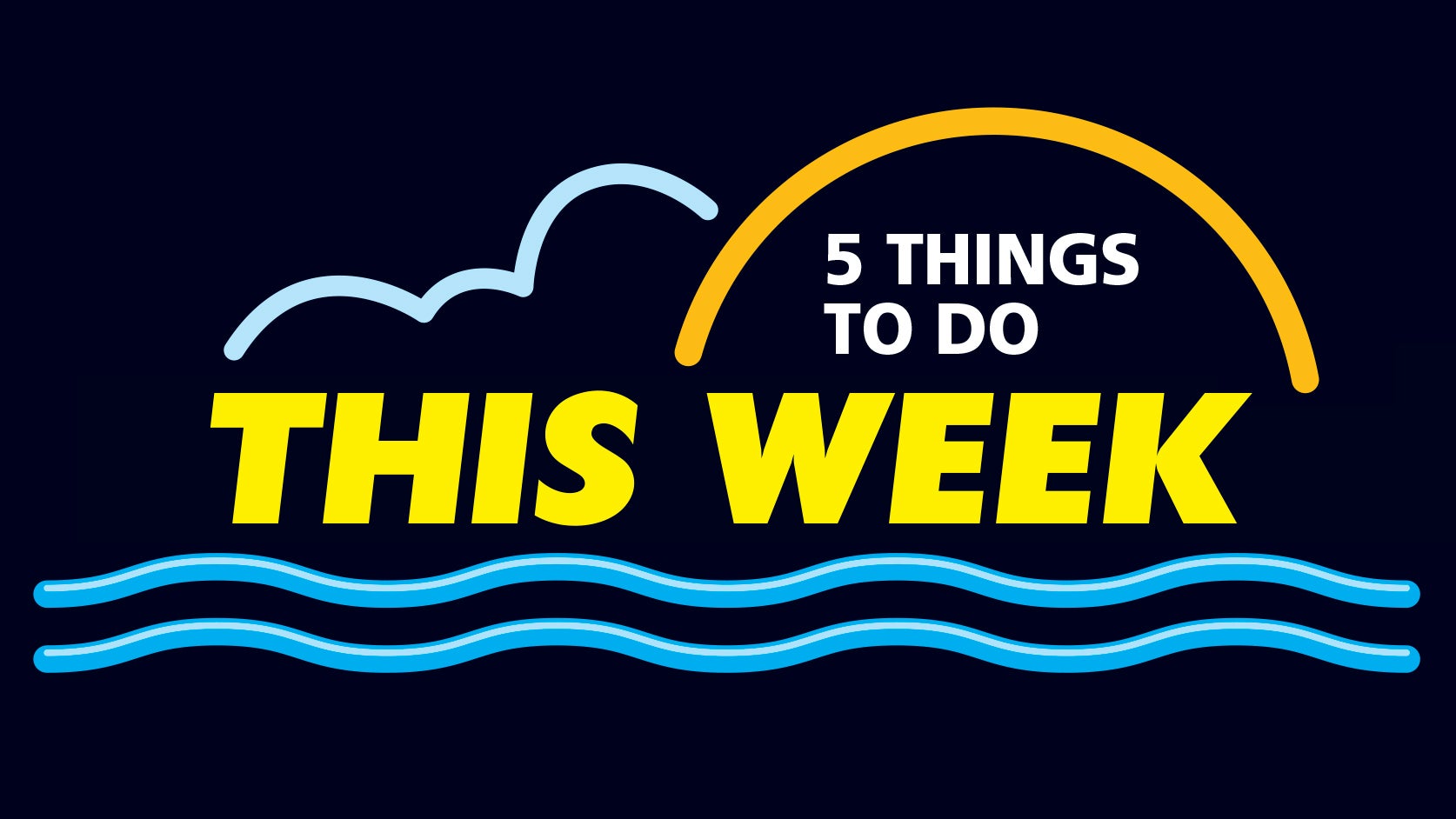Mayo map tracks cases across the country, trends
Published 4:56 am Saturday, December 18, 2021
|
Getting your Trinity Audio player ready...
|
By Eric Johnson
Ahead of one of busiest travel periods of the year, doctors at Mayo Clinic took the opportunity Wednesday to talk about its United States COVID-19 map.
This interactive map tracks COVID-19 cases across the country and forecasts possible trends up to two weeks out.
It’s become an important tool in the war against the pandemic, now in its second year.

Curtis Storlie
Dr. Curtis Storlie, a data scientist for Mayo, said the map can be looked at much the same way as a weather forecast.
“If you’re going to travel to Florida, understand what I am going to need,” Storlie said. “What precautions might be taken?”
The model initially was undertaken in an attempt to gauge hospitalizations from COVID-19 in Mayo service areas. Since then, the tracker has expanded.
“The model was initially used to predict COVID-19 hospitalizations,” said Dr. Shannon Dunlay, co-leader of the Mayo Clinic’s modeling team. “It’s since been adapted to predict cases for the State of Minnesota and the rest of the country.”
As hospitals cope with the strains of the pandemic, medical institutions, as well as private individuals, can determine the coronovirus’ layout in the United States and plan accordingly.
“This is really in the context of many hospitals are full not just with patients with COVID-19, but patients with other needs,” Dunlay said. “It’s very important to control the spread of COVID-19. First and foremost we encourage people to get vaccinated.”
However, officials are quick to stress that the tracker is not a catch-all and with the delta and now the new omicron variants, uncertainty in modeling will play a role.

Shannon Dunlay
“Minnesota has had a long, exhausting rise thanks to delta,” Storlie said, explaining why the forecast has not extended past two weeks. “The model forecast will continue to fluctuate around these current levels. After that you have to appreciate and understand the uncertainty to interpret.”
Officials agree that despite this extended fourth wave of COVID-19, driven by the delta variant, Minnesota is still better off than last year at this time.
But that’s not to say it’s great.
“We’re at a much better position on the surface just because of vaccinations,” Storlie said. “I’m feeling much more comfortable than I was last year.”
“It’s not that we’re in a great place this year either,” Storlie continued. “Had the delta variant and omicron not emerged we would be in a great place.”
To view the map, visit: https://www.mayoclinic.org/coronavirus-covid-19/map






